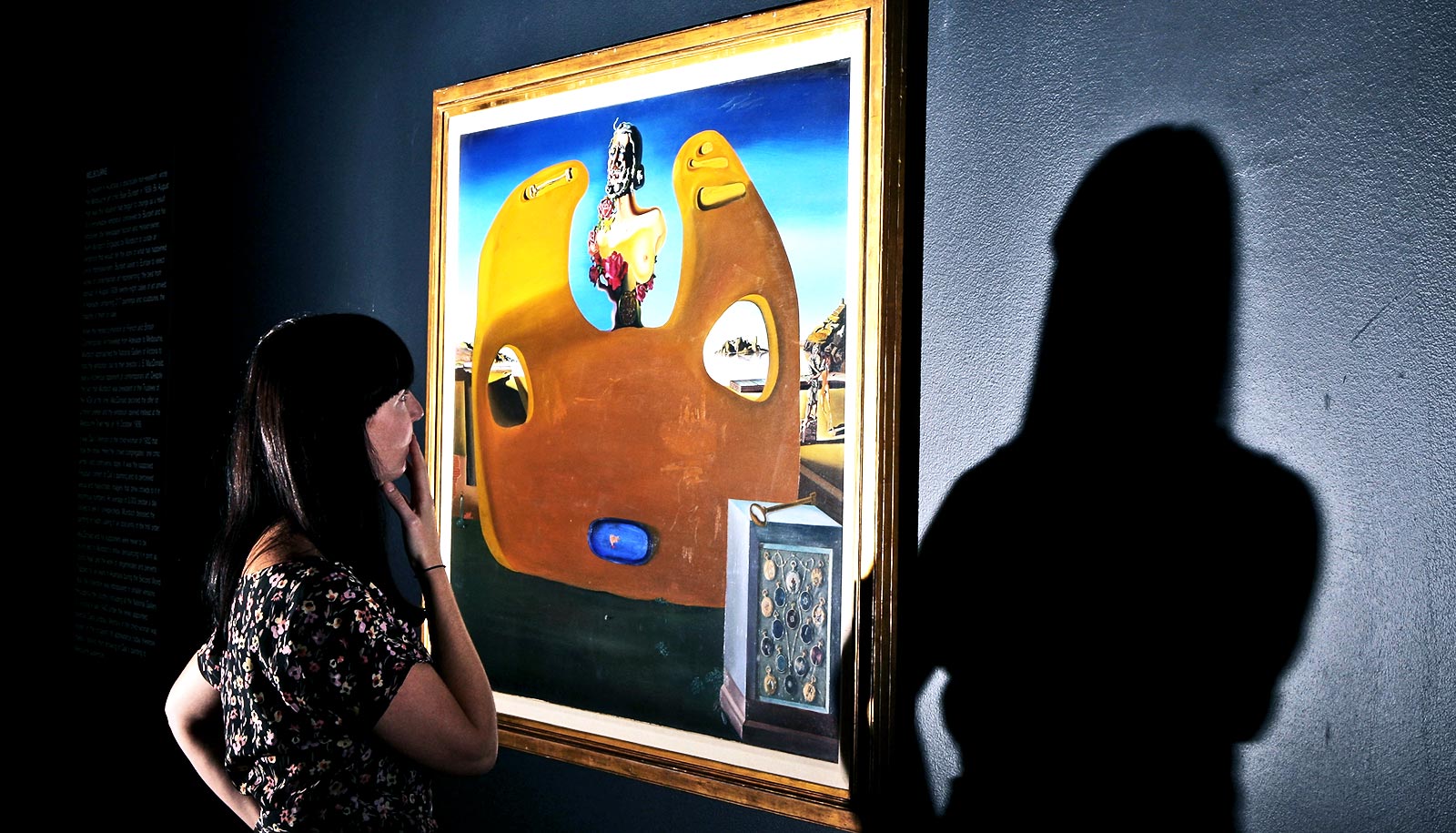Teen museum docents can boost the experiences, learning, and information retention of visitors to informal learning sites.
The positive effects hold true across age groups regardless of museum type, but were most apparent in children ages 9 to 11.
Informal learning sites—such as museums, zoos, and aquariums—often have programs for teenage docents, or educators that serve as a way for the teens to build social skills and reinforce their abilities in science, technology, engineering, and math (STEM).
“The bottom line is, if you visit a zoo or museum, seek these people out—you will have a better experience.”
For a new study in PLOS ONE, researchers surveyed the effect of these teen docents at five informal learning sites in the US and the UK. The sites included a zoo, an aquarium, a children’s museum, a technology-themed museum, and a health-themed science center.
They surveyed over 2,100 (979 children and adolescents and 1,184 adults) visitors who either explored the exhibit on their own or who had interacted with either an adult or youth educator.
The survey questions covered topic interest, perceived learning, and informational recall of exhibit content. The researchers used multi-leveled modeling to control for differences among sites.
While all groups reported greater topic interest when interacting with an educator of any age, their engagement and interest levels were higher when interacting with youth educators.
The largest effect showed in children between 9 and 11 years old, who had significantly higher information retention levels when interacting with a youth, rather than an adult, educator.
“We know that learning is highly social, so we expected that visitors would benefit more when they interacted with an educator,” says first author Kelly Lynn Mulvey, associate professor of psychology at North Carolina State University. “But we were very surprised at how helpful talking with a teen educator was.
“Perhaps this is because a teenaged educator isn’t too far removed from these kids, age-wise. Not only can the educator present the topic on the correct level, these kids look up to and can see themselves in the teenagers, more so than to an adult who they might see as just another teacher.”
Additionally, the researchers found that adult visitors also reported high benefits from interacting with youth educators.
“What was fascinating was not only the strong impact on child visitors, but also the higher engagement level from adults,” says coauthor Adam Hartstone-Rose, associate professor of biological sciences.
“I refer to that effect as the ‘charm factor’—the idea that the adults may want to invest time to help youth succeed.”
The researchers emphasize the beneficial overall effect of educators, regardless of age.
“Having someone there to make the exhibit personally relevant is important to engagement, interest, how much you think you learn, and how much you actually learn,” Mulvey says. “This is especially important now, when museums are trying to figure out how to reopen. This work shows that cutting back to just the exhibits would really impact their educational value.”
“These results also make a compelling argument for investing in youth programs—not only for the benefit of the educators, but as a way to keep younger generations engaged throughout their school years,” Hartstone-Rose says.
“The bottom line is, if you visit a zoo or museum, seek these people out—you will have a better experience.”
Additional coauthors are from the University of Exeter. The National Science Foundation, the Wellcome Trust, and the Economic and Social Research Council funded the work.
Source: NC State


